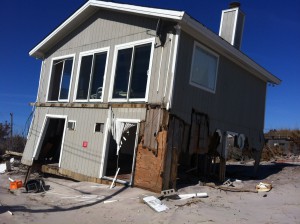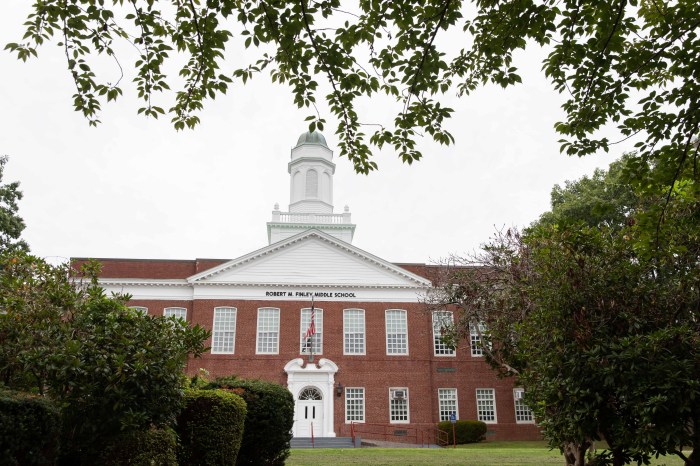
Superstorm Sandy went down in history six months ago as one of the biggest natural disasters to hit Long Island, irreversibly changing its landscape and washing away many residents’ sense of security.
While the widespread blackouts, lengthy gas-shortage lines, catastrophic flooding and mountainous debris piles are mostly just a memory, recovery efforts are still most visible on LI’s Atlantic Ocean-facing barrier beaches that suffered the worst damage.
“Sandy to some people is gone, it’s passed,” said James Mallot, the mayor of Ocean Beach, Fire Island’s unofficial capital. “We live it out there every single minute of the day.”
The village, like the rest of LI’s Sandy-ravaged beachfront communities, is rushing to prepare for Memorial Day weekend, the kickoff to the summer beach and tourist season that pumps billions into the local economy.
Meanwhile, a breach that Sandy caused in Fire Island’s federal wilderness area to the east of the residential communities remains open, which has become a point of contention between those who blame the breach on flooding in communities near the Great South Bay and others who argue it’s cleaning out the polluted waterways.
The storm, a massive hybrid of a category 1 hurricane that merged with a nor’easter, is considered the worst to hit the region since the infamous “Long Island Express” in 1938.
Looking to Katrina for Perspective on Sandy Recovery Timeline
In the City of Long Beach on LI’s westernmost barrier island, officials held a groundbreaking ceremony Saturday to commemorate construction of the new boardwalk to replace the old one that Sandy destroyed—although the Long Beach Medical Center is still closed.
“We came together months ago to mourn the loss of our boardwalk,” Scott Mandel, president of the Long Beach City council, told hundreds of residents who gathered for the event. “Today we come together to celebrate the rebirth of it. Long Beach is coming back better than ever.”
A five-mile stretch of badly damaged Ocean Parkway on Jones Beach Island just reopened last week after contractors rebuilt the roadway’s protective dunes that were washed away. Parts of Jones Beach itself are already reopened, but Robert Moses State Park is still closed.
And in the Hamptons, some millionaires have sparked controversy by building seawalls—work that may be challenged in court—in the hopes of protecting their oceanfront mansions, The New York Times recently reported.
Signs of a comeback can be found on mainland LI as well. Camp Bulldog, a makeshift support network in Lindenhurst that was a lifeline for residents coping in Sandy’s aftermath, closed over the weekend. On the North Shore, the West Shore Road seawall is nearing completion. And East Rockaway Junior-High School reopened Monday just in time to mark the six-month mark of the Oct. 29 storm.
Also on Monday, the Federal Emergency Management Agency reported that its four remaining disaster recovery centers in Long Beach, Island Park, Seaford and Copiague will become Disaster Loan Outreach Centers on Wednesday, indicating another milestone in the recovery process.
“New York has made tremendous progress in the six months since Sandy,” said Michael F. Byrne, FEMA’s federal coordinating officer for Hurricane Sandy operations. “But the work is not done.”

































